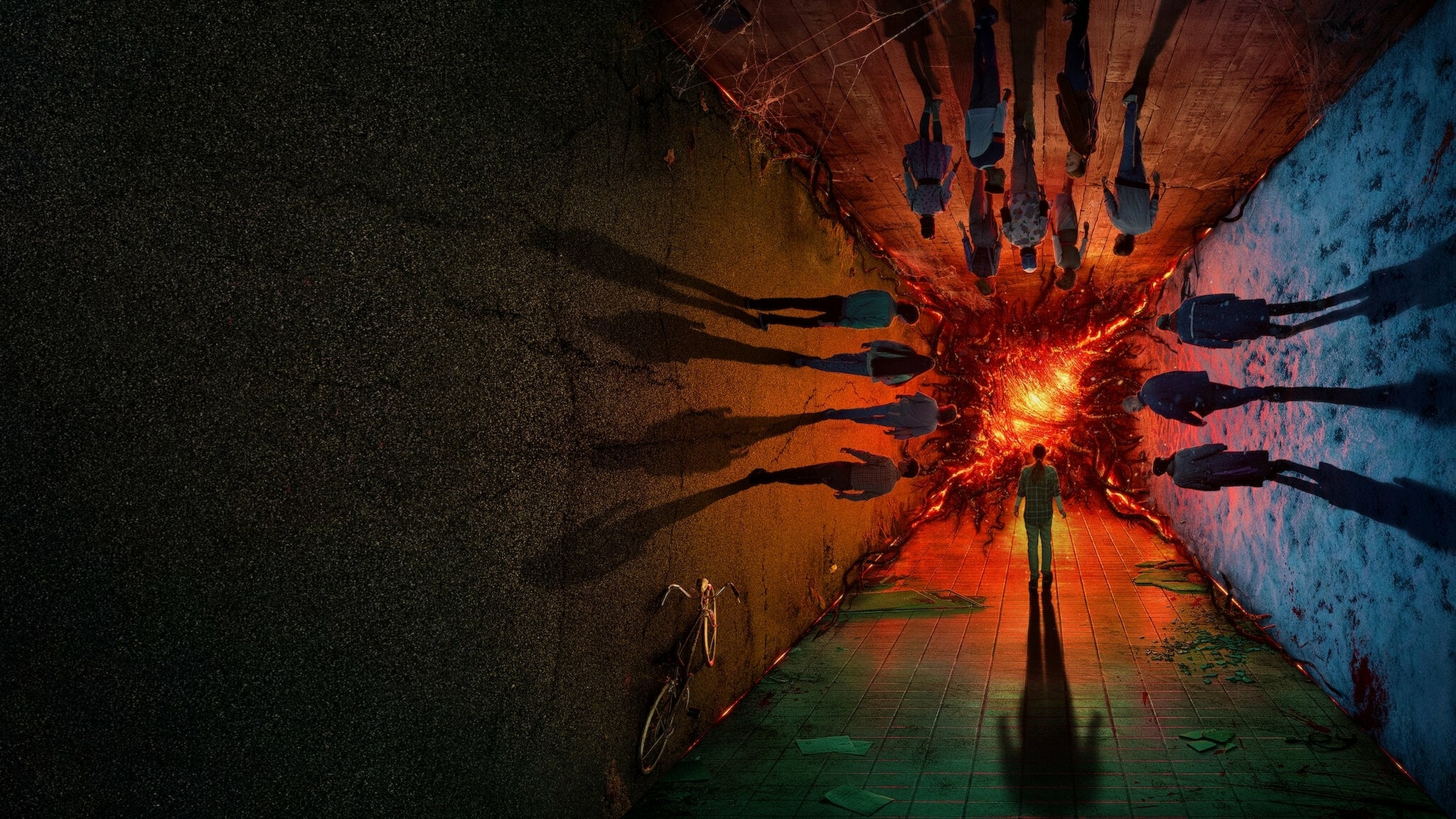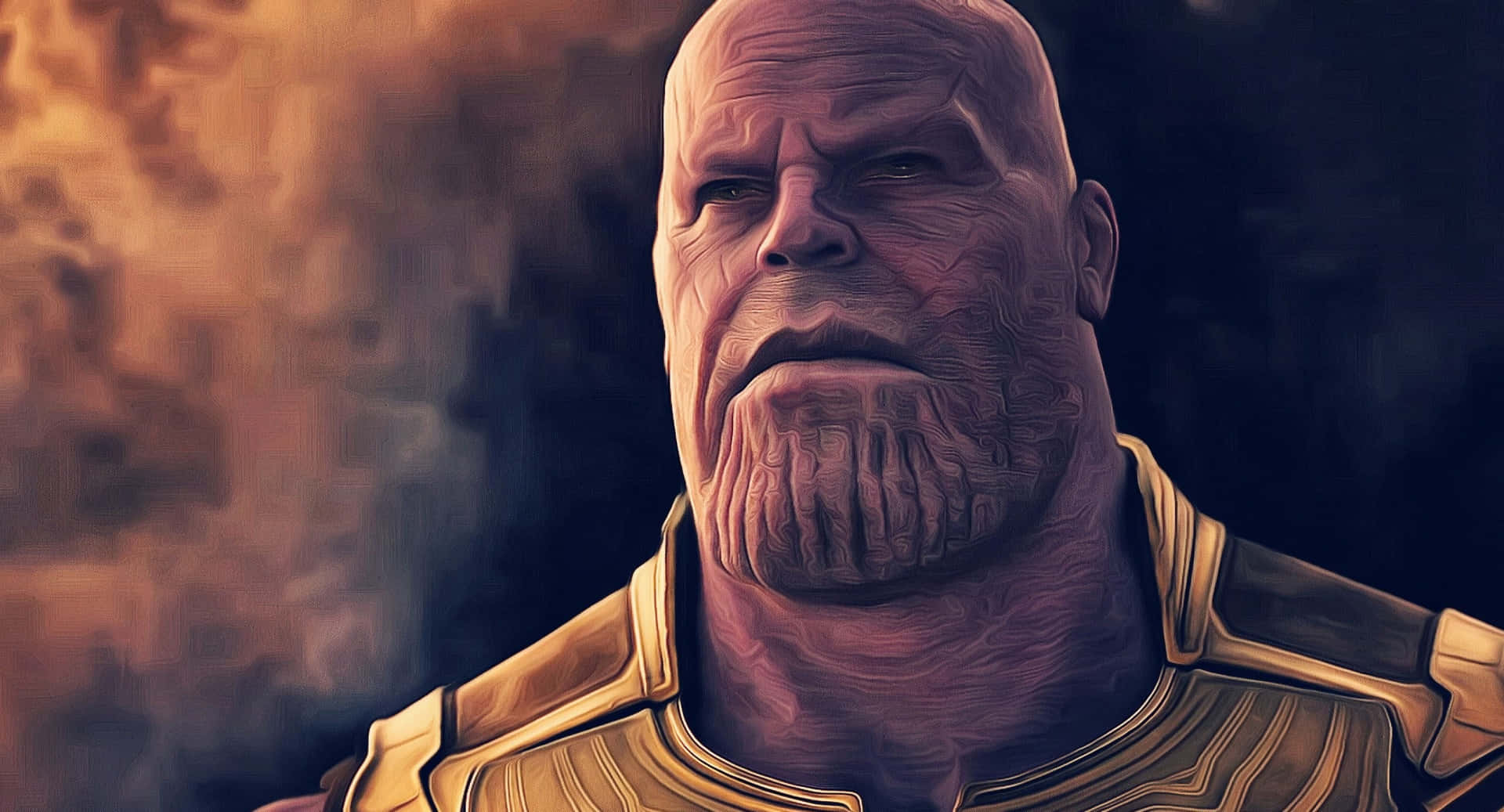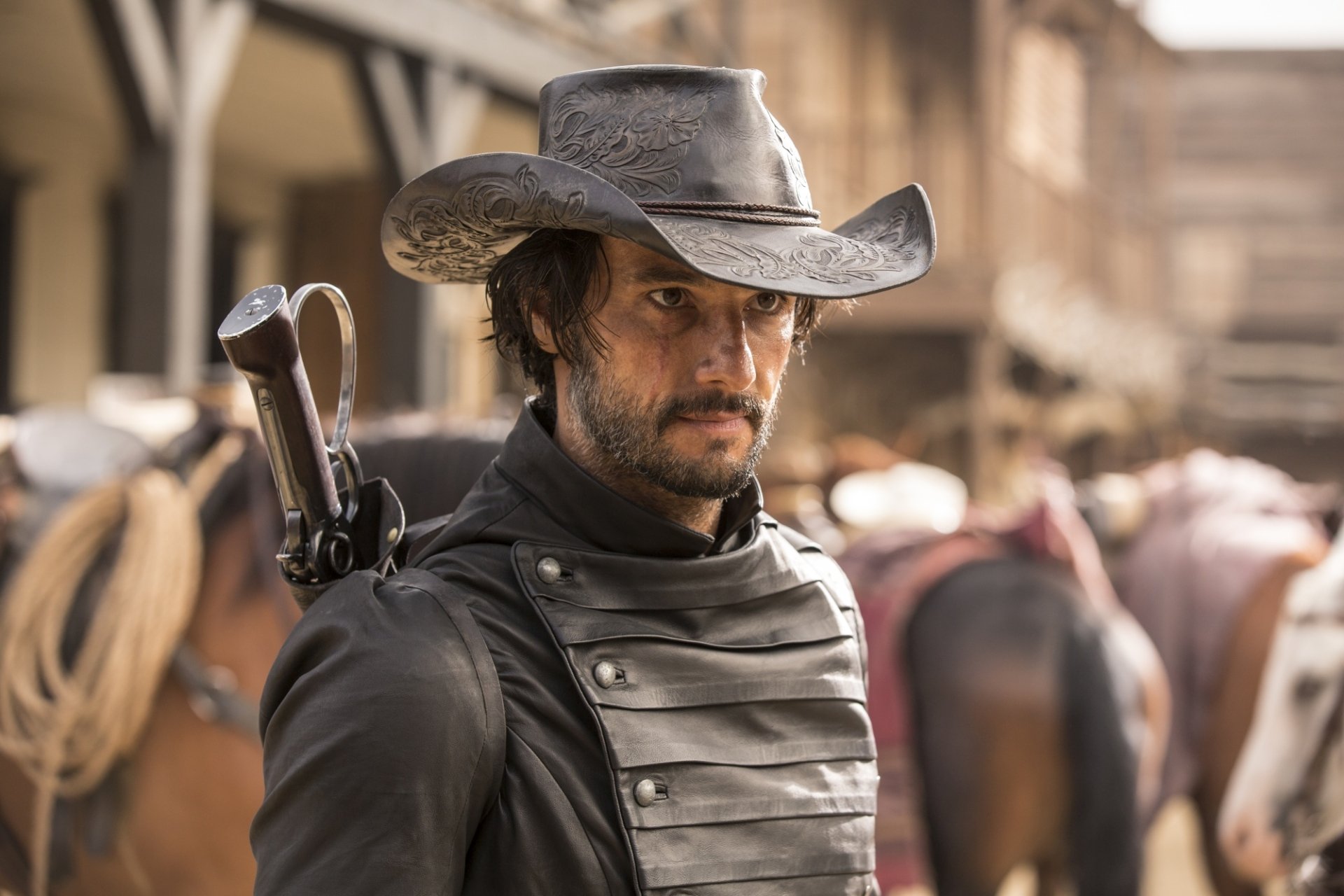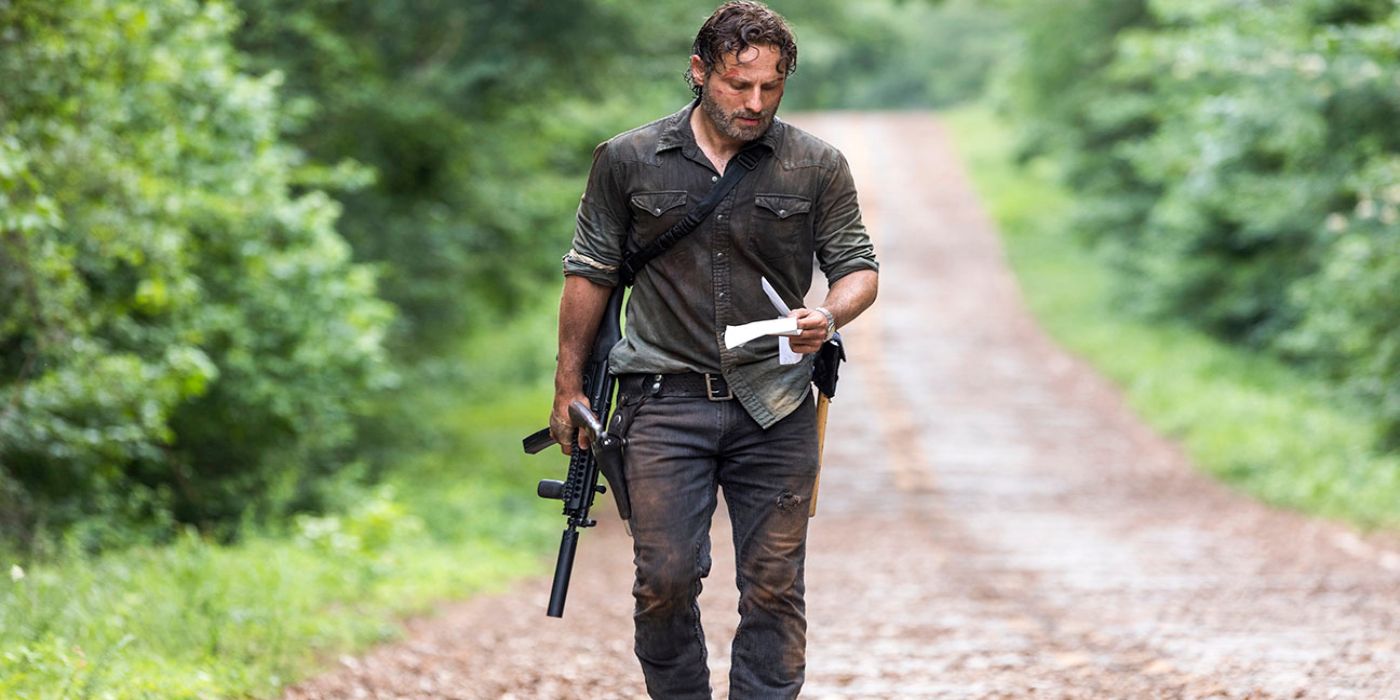
Killing Off Major Characters: Can It Make a Show Better?
Killing Off Major Characters: Can It Make a Show Better?
The world of television is filled with characters that capture our hearts, make us laugh and cry, and often become an integral part of our viewing habits. But sometimes, even the most beloved characters can find themselves on the chopping block – or rather, in the spotlight as a plot twist that changes everything. The practice of killing off major characters has been around for decades, but it’s a tricky business: does it make a show better, or does it leave fans feeling like they’ve lost their favorite part of the experience?
Let’s take a trip down memory lane and explore some iconic examples of major character deaths that left audiences reeling. Who can forget the shock of Bob Woolmer’s untimely demise on “Buffy the Vampire Slayer” in 2002, or the gut-wrenching loss of Leslie Knope on “Parks and Recreation” when Amy Poehler’s character was written out at the end of her run? Both of these moments had a profound impact on fans, leaving them feeling nostalgic and wanting more.
But why do characters have to die in the first place? Is it some kind of twisted TV equivalent of a funerary ritual, where our favorite heroes meet their maker and we’re forced to confront the harsh realities of life? Or is it something more complex – perhaps an attempt by writers to shake things up, introduce new plot twists, or add depth to the story?
Take, for example, the infamous death of Rory Gilmore on “Gilmore Girls.” In 2010, creator Amy Sherman-Palladino announced that the show had been canceled and that Rory’s fate would be revealed in a series finale special. The decision was met with widespread outrage from fans, many of whom felt like they’d been ripped away from their beloved character too soon.
Yet, as we watched Rory navigate her way through college and early adulthood on the special, it became clear that Sherman-Palladino had actually given us something much more profound – a nuanced exploration of what it means to grow up and find one’s own path. By killing off Rory (temporarily), the show’s writers were able to explore themes of identity, loss, and the struggles of transitioning from adolescence into adulthood.
Of course, not every major character death has had such a positive impact on audiences. Remember the infamous “Who Shot J.R.” mystery in 1980? The soap opera was built around the question – did J.R.’s killer live or die? – and the suspense surrounding it was (and still is) electrifying.
But what happens when we’re left hanging, wondering if our favorite character will be revived from the dead? Is that really good storytelling, or just a cheap ploy to keep us hooked?
One of the most memorable examples of this comes in the form of “Lost’s” infamous flash-sideways timeline. As the show hurtled towards its final episodes, fans were left wondering: would Jack, Kate, and their crew ever find redemption? Would they overcome their personal demons and achieve true happiness? The answer was given to us gradually over several episodes – but only after we’d invested ourselves fully in the emotional journey of these characters.
When major characters die, it’s often a moment that shakes viewers to their core. But is that really what makes for great storytelling?
The short answer is no. Good storytelling involves depth, complexity, and character development. Sometimes, killing off a favorite character can feel like a cop-out – an easy way out of the writing problems that come with having too many lovable people on screen.
But when done well, the death of a major character can be a stroke of genius. It adds layers to our understanding of the story and its themes. It forces us to confront our emotions head-on, even if those emotions are uncomfortable or difficult to face.
What makes for great writing is not about shocking audiences with death, but about crafting a narrative that’s both realistic and meaningful. When characters die, it should be because it serves a purpose – whether that’s to reveal new insights into the human condition or simply to create tension and suspense in the story.
As we watch our favorite shows unfold on screen, we can’t help but feel a connection to the people who inhabit them. We laugh with them, cry with them, and invest ourselves fully in their journeys. But even when those characters meet their demise, it’s not necessarily an end – rather a natural progression of the story.
So what does this mean for us as viewers? Should we be mourning the loss of our favorite characters on screen, or should we be embracing the unpredictable twists that come with great storytelling?
As I sit here writing these words, I’m reminded of the iconic finale of “The Sopranos.” It’s one of those shows that continues to haunt me to this day – and not just because Tony Soprano’s death was a gut-wrenching moment (although it certainly was). No, it’s also because the show’s creator, David Chase, managed to tackle some truly complex themes in its final episodes. From identity to mortality, from loyalty to redemption – “The Sopranos” left us with so much more than just a satisfying conclusion.
So next time you find yourself invested in your favorite show, and one of those beloved characters meets their maker on screen… don’t be too quick to mourn the loss. Instead, take a step back and consider what this moment really means for the story as a whole. Was it a clever plot twist, or just a cheap way out?
Only time will tell if “Killing Off Major Characters: Can It Make a Show Better?” will become the ultimate episode guide question – but one thing’s for sure: when major characters die, we should be paying attention.
What do you think? Is killing off major characters a necessary evil in great storytelling, or is it just a cheap trick to keep audiences hooked? Share your thoughts with us!



-(54).jpg)





